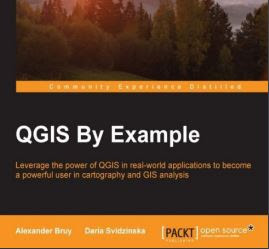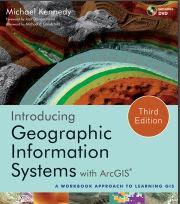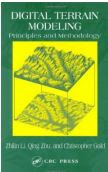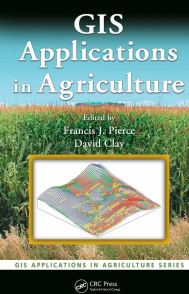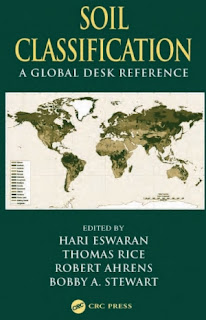Resource Evaluation, Augmentation, Contamination,
Restoration, Modeling and Management
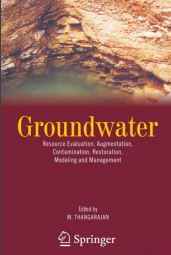 |
| Ground Water |
Preface of the Book
Groundwater plays a major role in the livelihood of mankind by providing
water for drinking, irrigation and industrial purposes. The rapid population
growth in the last three decades all over the globe resulted in exploiting
more groundwater. The distribution of groundwater—both in space and time—
is more erratic as it depends on the subsurface geological and climatic
conditions. In many countries, the decline of water level indicates that the
resources are depleted very fast.
It is, therefore, necessary to assess the
available subsurface resource in a more judicious scientific manner and then
apply it for evolving optimal utilization purposes. There is an urgent need
to have a comprehensive book, which contains the entire spectrum of groundwater assessment and management aspects. I had seen many books, which
cover only the specific aspects on groundwater exploration, exploitation,
augmentation, pollution and remediation and mathematical modeling but not
many books on the integrated aspects of all. It was, therefore, planned to
bring a book, which covers the above said aspects by inviting specific topics
from various experts of the globe.


